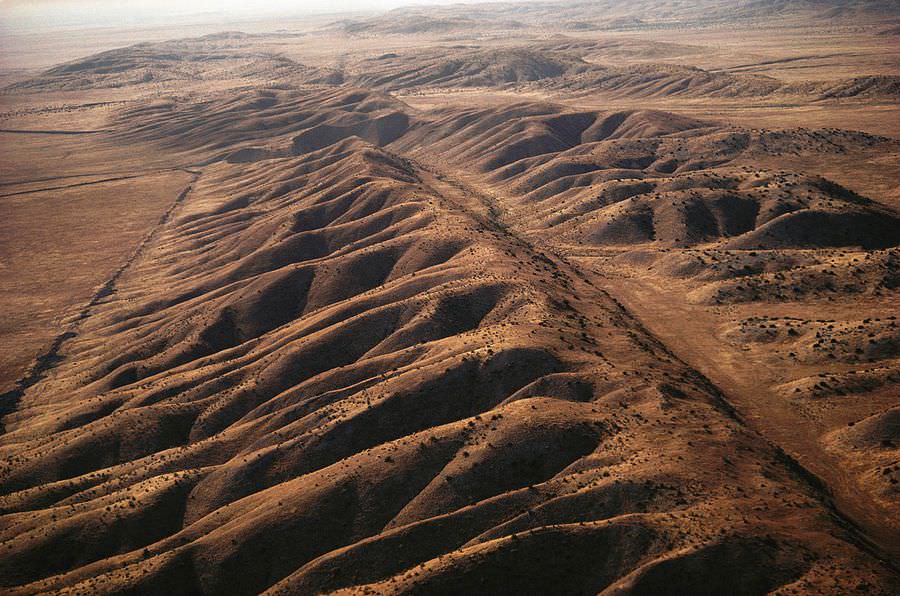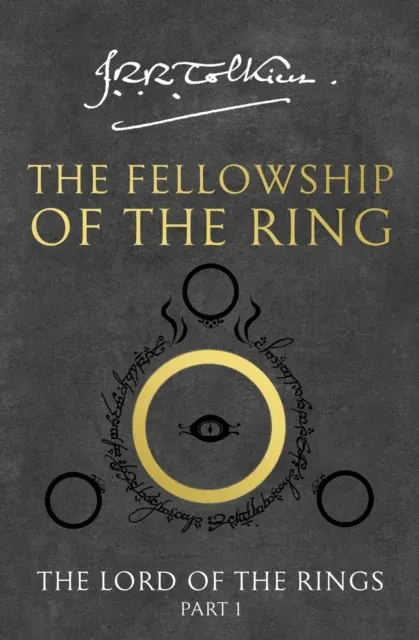Fault Lines

The earth's crust is made of tectonic plates, which are giant pieces of land that sometimes collide. A few events that happen on collision are: folding, faulting, a dip slip, and a strike slip.
Folding happens when two parts of a tectonic plate push against each other, forming a bulge of earth. When this happens, you get ripples in the earth's surface. Obviously, there will be high and low points of the ripples. The high points are called anticlines, and the low points of the ripples are synclines.

Faults in a plate are usually parallel to each other. They run up and down a part of the plate called the fault zone. Earthquakes often happen on these fault zones. There are two types of faults: dip slip faults, and strike slip faults.
Dip slip faults happen when two different pieces of land change their vertical position compared to each other. The result of this fault is that one piece of land will be higher than the other.

Strike slips happen when two different pieces of land change their horizontal positions. That movement would be left or right compared to the other piece. One example of a strike slip is the San Andreas Fault.





